View Class/Schedule Details
ED POCUS Deployment in RPMS While Laying the Foundation for HIT Modernization
|
|
||||||||||||||||||
Description:
Emergency Department Point-of-Care Ultrasound (EDPOCUS) has become an integral aspect of emergency care in the United States for over two decades. Appropriate use of Point-of-Care Ultrasound (POCUS) in the Emergency Department improves the diagnostic, treatment, and health outcomes. Ultrasound guidance has also been incorporated into bedside procedures, improving success and decreasing inadvertent complications. The American College of Emergency Physicians (ACEP has published its Policy Statement for Ultrasound Guidelines: Emergency, Point-of-care, and Clinical Ultrasound Guidelines in Medicine and an EDPOCUS Community Ultrasound Toolkit
The Emergency POCUS Director is a board-eligible or -certified emergency physician who has been given administrative oversight over the POCUS program from the Emergency Department Chairperson, director or group. Specific responsibilities of an US director and associates may include: -
• Maintaining compliance with overall program goals: educational, clinical, financial, and academic.
• Selecting appropriate US machines, probes and equipment for the clinical care setting.
• Providing a maintenance care plan to ensure quality, cleanliness, disinfection and storage.
• Overseeing credentialing and privileging for physicians, physician assistants, nurse practitioners, and other healthcare workers within the group and/or academic facility.
• Providing educational resources for physicians, physician assistants, nurse practitioners, and other healthcare workers seeking credentialing
• Monitoring and ensuring documentation of individual physician privileges, educational experiences, and US scans performed.
• Developing, maintaining, and improving an adequate QA process
POCUS is different from consultative US in other specialties as the emergency physician not only performs but also interprets the US examination. POCUS findings are immediately interpreted, and should be communicated to other physicians and services through reports in the electronic medical record (EMR). Emergency US documentation reflects the nature of the exam, which is focused, goal-directed, and performed at the bedside contemporaneously with clinical care.
• This documentation may be preliminary and brief in a manner reflecting the presence or absence of the relevant findings.
• Documentation, as dictated by regulatory and payor entities, may require more extensive reporting including indication, technique, findings, and impression.
• POCUS reports should be available in a timely manner to allow review by members of the health care team and consultants.
• Incidental findings should be communicated to the patient or followup clinician.
• Discharge instructions should reflect any specific issues regarding POCUS findings in the context of the ED diagnosis.
• Hard copy (paper, film, video) or digital US images should be saved within the ED or hospital archival systems.
• Digital archival with corresponding documentation is optimal and recommended.
• Documentation of emergency US procedures should result in appropriate reimbursement for services provided.
Ultrasound Guidelines: Emergency, Point-of-care, and Clinical Ultrasound Guidelines in Medicine
Details:
SESSION TWO - EDPOCUS Deployment in RPMS targeting the Navajo and Phoenix Area Hospital Cohort - Configuration. This Deployment Activity utilize the WRAP EDPOCUS BPM+ Workflow Models to configure the ED POCUS within the RPMS Environment according to a Best Practice/Future State standard delineated by the IHS Emergency Medicine Chief Clinical Consultant SME group.
This EDPOCUS RPMS Deployment Activity will provide configuration assistance for (a) RPMS VA Fileman; (b) VistA Imaging DICOM Gateway Additions; (c) HIT Workflow Initiated by the US Point-of-Care Procedure Culminating in a Viewable Image & Visit File; (d) Coding & Billing, and (e) Quality Reports.
| Training Location: | IHS Area - eLearning/Hands-on |
| Class Duration: | Starts: 01/17/2024 Ends: 01/17/2024 Hours: 10:00 AM to 3:00 PM Time Zone: Mountain Time |
| Application: | None Selected |


